Home>Furniture & Design>Interior Design Trends>What Is A Tulip Glass
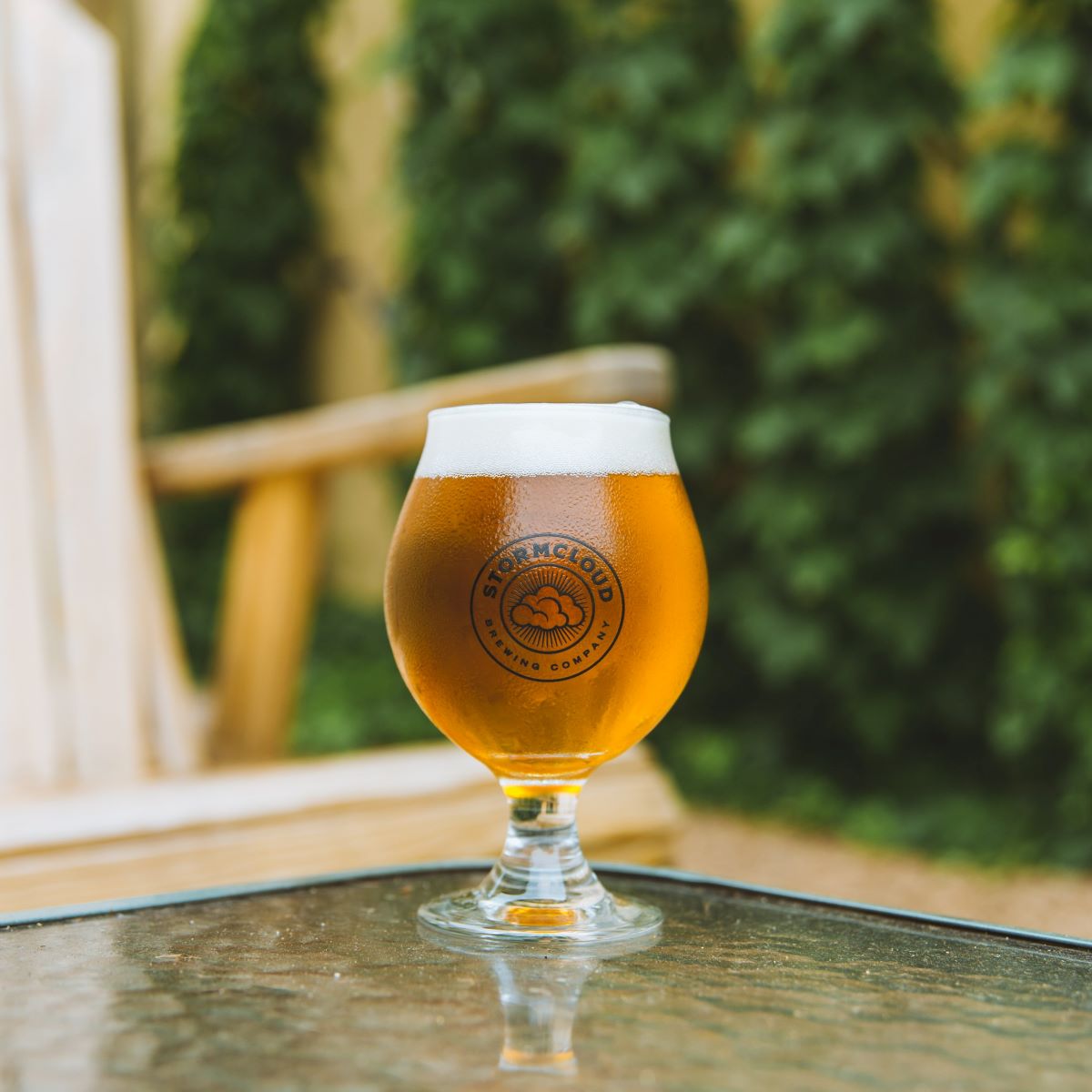

Interior Design Trends
What Is A Tulip Glass
Published: February 8, 2024
Discover the latest interior design trends with the tulip glass, a stylish and versatile addition to any home decor. Explore how this elegant piece can elevate your living space.
(Many of the links in this article redirect to a specific reviewed product. Your purchase of these products through affiliate links helps to generate commission for Storables.com, at no extra cost. Learn more)
Introduction
The tulip glass, a quintessential vessel in the world of wine and spirits, is not just a utilitarian container but a masterpiece of design and functionality. Its elegant shape and versatile nature make it a favorite among connoisseurs and casual enthusiasts alike. Whether you're savoring the delicate aromas of a fine wine or indulging in the complex bouquet of a premium whiskey, the tulip glass stands as a symbol of refined taste and sensory appreciation.
This article delves into the captivating world of the tulip glass, exploring its history, design, and popular uses. From its humble origins to its modern-day significance, the tulip glass has evolved into an indispensable tool for enhancing the drinking experience. Join us on a journey through the intricate craftsmanship and cultural significance of this iconic glassware.
Key Takeaways:
- The tulip glass, with its elegant design, enhances the aroma and flavor of wines, spirits, and craft cocktails, making it a favorite among enthusiasts for a sensory journey.
- Originating in the Dutch Golden Age, the tulip glass’s flared rim and inward tapering capture and concentrate the aromas of beverages, elevating the drinking experience.
Read more: What Greenery Goes With Tulips
History of the Tulip Glass
The history of the tulip glass is a tale woven into the fabric of centuries-old traditions and the ever-evolving art of glassmaking. Its origins can be traced back to the 17th century in the Netherlands, a time when the Dutch Golden Age was in full bloom. During this period, the Dutch were renowned for their expertise in crafting exquisite glassware, and it was against this backdrop that the tulip glass emerged.
Originally designed for the enjoyment of fine wines, the tulip glass was characterized by its distinctive shape, featuring a flared rim that tapered inward before gently curving outwards again. This elegant silhouette bore a striking resemblance to the delicate petals of a tulip flower, thus lending the glass its evocative name.
As the tulip glass gained popularity across Europe, it became synonymous with sophistication and refinement. Its design was not only aesthetically pleasing but also served a practical purpose. The flared rim allowed the aromas of the wine to concentrate, while the inward tapering directed these aromas towards the nose, enhancing the overall sensory experience.
Over time, the tulip glass transcended its original purpose and found its way into the realm of spirits, particularly whiskey and brandy. Its versatile design proved to be equally adept at capturing the nuanced aromas of these distilled beverages, further solidifying its status as a timeless classic in the world of drinkware.
Today, the tulip glass continues to be revered for its rich heritage and enduring appeal. Its legacy lives on through modern interpretations and innovative variations, each paying homage to the craftsmanship and artistry of its storied past. As we raise a tulip glass to our lips, we not only partake in a time-honored ritual but also celebrate the timeless elegance and ingenuity that have shaped its remarkable history.
Design and Function
The design of the tulip glass is a testament to the marriage of form and function, meticulously crafted to elevate the drinking experience to new heights. Its iconic shape, characterized by a flared rim that tapers inward before gently curving outwards again, is not merely a visual spectacle but a carefully engineered feature that serves a distinct purpose.
The flared rim of the tulip glass serves as a crucial element in capturing and concentrating the aromas of the beverage it holds. This design allows the delicate nuances of the drink to be fully appreciated, as the aromas are directed towards the nose, enhancing the olfactory experience. The inward tapering of the glass further facilitates this process, ensuring that the bouquet of the beverage is delivered in a concentrated and harmonious manner.
Additionally, the tulip glass boasts a stem that not only adds to its aesthetic appeal but also serves a functional role. The stem allows the drinker to hold the glass without transferring body heat to the beverage, thus preserving its optimal temperature. This is particularly crucial when enjoying wines and spirits, as temperature can significantly impact the flavor profile and overall drinking experience.
Furthermore, the tulip glass often features a wide bowl, providing ample space for the beverage to breathe and develop its full range of aromas. This generous bowl allows for swirling, a ritualistic act that aerates the drink and unlocks its hidden complexities. The narrow opening of the glass then concentrates these aromas, ensuring that they are delivered to the drinker in a refined and discernible manner.
The versatility of the tulip glass extends beyond wines to encompass a wide array of spirits, including whiskey, brandy, and even certain styles of beer. Its adaptable design allows it to enhance the sensory exploration of these diverse beverages, making it a go-to choice for those seeking to fully appreciate the complexities and subtleties of their drinks.
In essence, the design of the tulip glass is a harmonious blend of artistry and functionality, meticulously crafted to elevate the drinking experience. Its form is a testament to the enduring legacy of centuries-old traditions, while its function is a testament to the unwavering pursuit of sensory appreciation and refinement. As we raise a tulip glass to our lips, we not only partake in a time-honored ritual but also celebrate the timeless elegance and ingenuity that have shaped its remarkable history.
A tulip glass is a type of beer glass that is designed to enhance the aroma and flavor of the beer. Its shape helps to concentrate the aromas, while the wider top allows for a good head retention. It is commonly used for serving strong, aromatic beers such as Belgian ales and IPAs.
Popular Uses
The tulip glass, with its exquisite design and versatile functionality, has found widespread acclaim across a spectrum of beverage categories, making it a favored choice for a myriad of drinking experiences. Its ability to enhance the sensory exploration of wines, spirits, and even certain styles of beer has cemented its status as an indispensable tool for aficionados and casual enthusiasts alike.
In the realm of wines, the tulip glass reigns supreme as a vessel that elevates the appreciation of the nuanced aromas and flavors that define each varietal. Whether it's a delicate Pinot Noir with its ethereal bouquet or a robust Cabernet Sauvignon exuding rich, complex aromatics, the tulip glass is adept at capturing and concentrating the essence of the wine. The flared rim and inward tapering of the glass work in harmony to deliver these aromas to the nose, allowing the drinker to savor the full spectrum of the wine's character.
When it comes to spirits, the tulip glass transcends its origins and extends its prowess to whiskies, brandies, and other distilled beverages. Its design, tailored to enhance the olfactory experience, proves to be invaluable in unlocking the intricate aromas that define these spirits. Whether it's the smoky allure of a peated Scotch whisky or the velvety richness of an aged Cognac, the tulip glass serves as a conduit for these captivating aromatics, enriching the drinking ritual and allowing for a deeper connection with the spirit.
Furthermore, certain styles of beer, particularly those with complex aromas and flavors such as Belgian ales and barrel-aged brews, benefit from the tulip glass's ability to capture and concentrate their aromatic profiles. The wide bowl of the glass provides ample space for the beer to breathe, while the flared rim and inward tapering ensure that the aromas are delivered in a focused and discernible manner, enhancing the overall drinking experience.
In the realm of mixology, the tulip glass has also found its place as a vessel for craft cocktails that rely on the presentation and appreciation of aromatics. From classic cocktails like the Whiskey Sour to modern creations that showcase intricate flavor profiles, the tulip glass adds an element of sophistication and sensory allure to the drinking experience.
In essence, the popular uses of the tulip glass extend far beyond mere functionality, encompassing a rich tapestry of sensory exploration and appreciation. Its ability to elevate the drinking experience across a diverse array of beverages underscores its enduring relevance and timeless appeal. As we raise a tulip glass to our lips, we not only partake in a time-honored ritual but also celebrate the timeless elegance and ingenuity that have shaped its remarkable history.
Conclusion
In conclusion, the tulip glass stands as a testament to the enduring legacy of centuries-old traditions and the unwavering pursuit of sensory appreciation. From its humble origins in the Dutch Golden Age to its modern-day significance, the tulip glass has transcended its original purpose and evolved into an iconic symbol of refined taste and cultural significance.
The rich history of the tulip glass, steeped in the artistry of glassmaking and the pursuit of perfection, has shaped its distinctive design and versatile functionality. Its elegant silhouette, characterized by a flared rim and inward tapering, serves as a meticulously crafted conduit for capturing and concentrating the aromas of wines, spirits, and certain styles of beer. This design, a harmonious blend of form and function, elevates the drinking experience to new heights, allowing enthusiasts to fully appreciate the nuanced complexities of their beverages.
Furthermore, the popular uses of the tulip glass across a spectrum of beverage categories underscore its indispensable role in enhancing the sensory exploration of wines, spirits, and craft cocktails. Whether it's savoring the delicate aromas of a fine wine, indulging in the complex bouquet of a premium whiskey, or appreciating the intricate flavors of a craft cocktail, the tulip glass remains a favored choice for aficionados and casual enthusiasts alike.
As we raise a tulip glass to our lips, we not only partake in a time-honored ritual but also celebrate the timeless elegance and ingenuity that have shaped its remarkable history. The tulip glass, with its enduring relevance and timeless appeal, continues to enrich the drinking experience, inviting us to embark on a sensory journey that transcends time and tradition.
In essence, the tulip glass is not merely a vessel for holding beverages; it is a masterpiece of design and functionality, a symbol of sophistication and refinement, and a gateway to a world of sensory delight. Its legacy, woven into the fabric of cultural traditions and the art of imbibing, will continue to inspire and captivate generations to come, ensuring that the tulip glass remains an enduring icon in the world of drinkware.
Frequently Asked Questions about What Is A Tulip Glass
Was this page helpful?
At Storables.com, we guarantee accurate and reliable information. Our content, validated by Expert Board Contributors, is crafted following stringent Editorial Policies. We're committed to providing you with well-researched, expert-backed insights for all your informational needs.
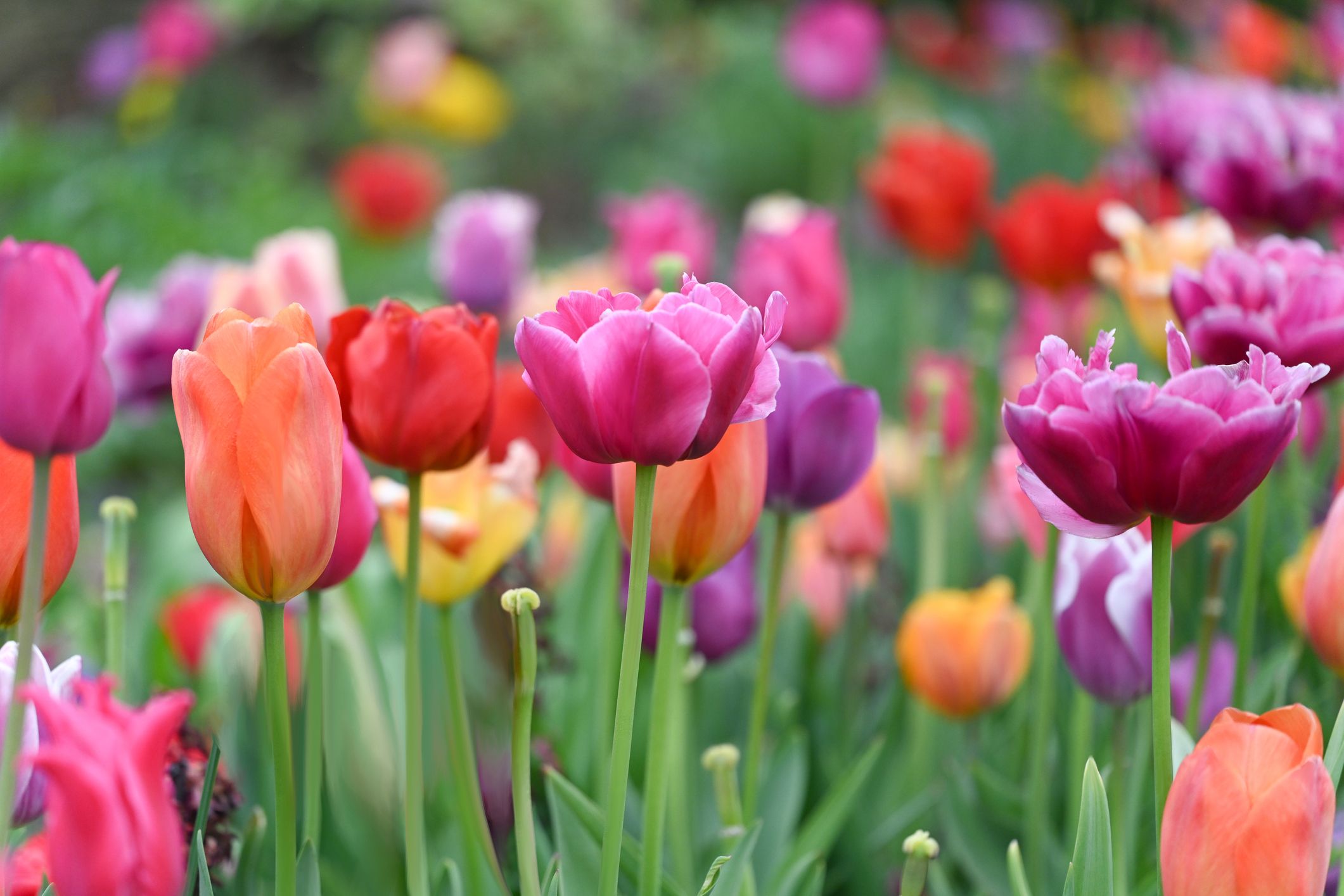



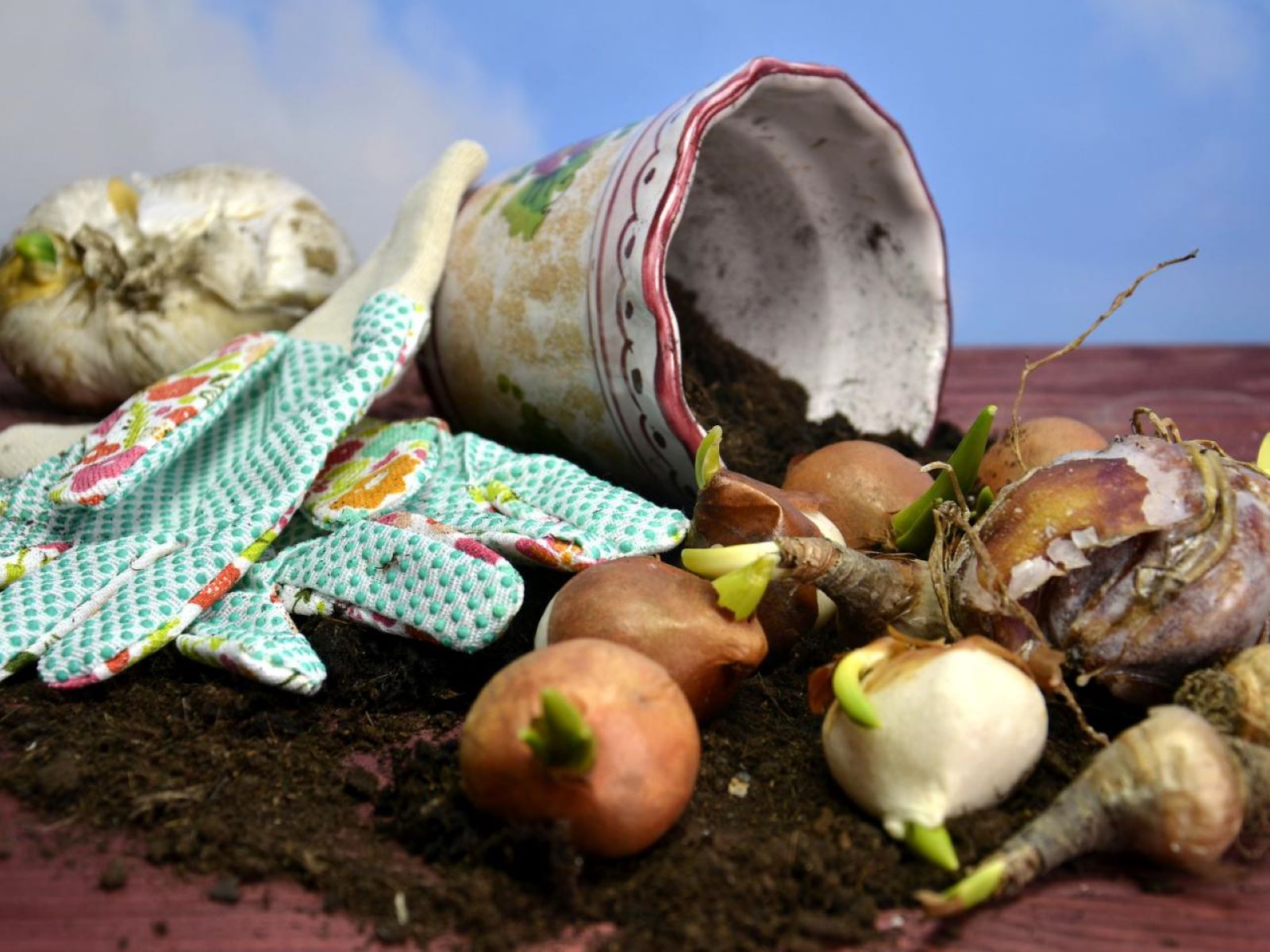
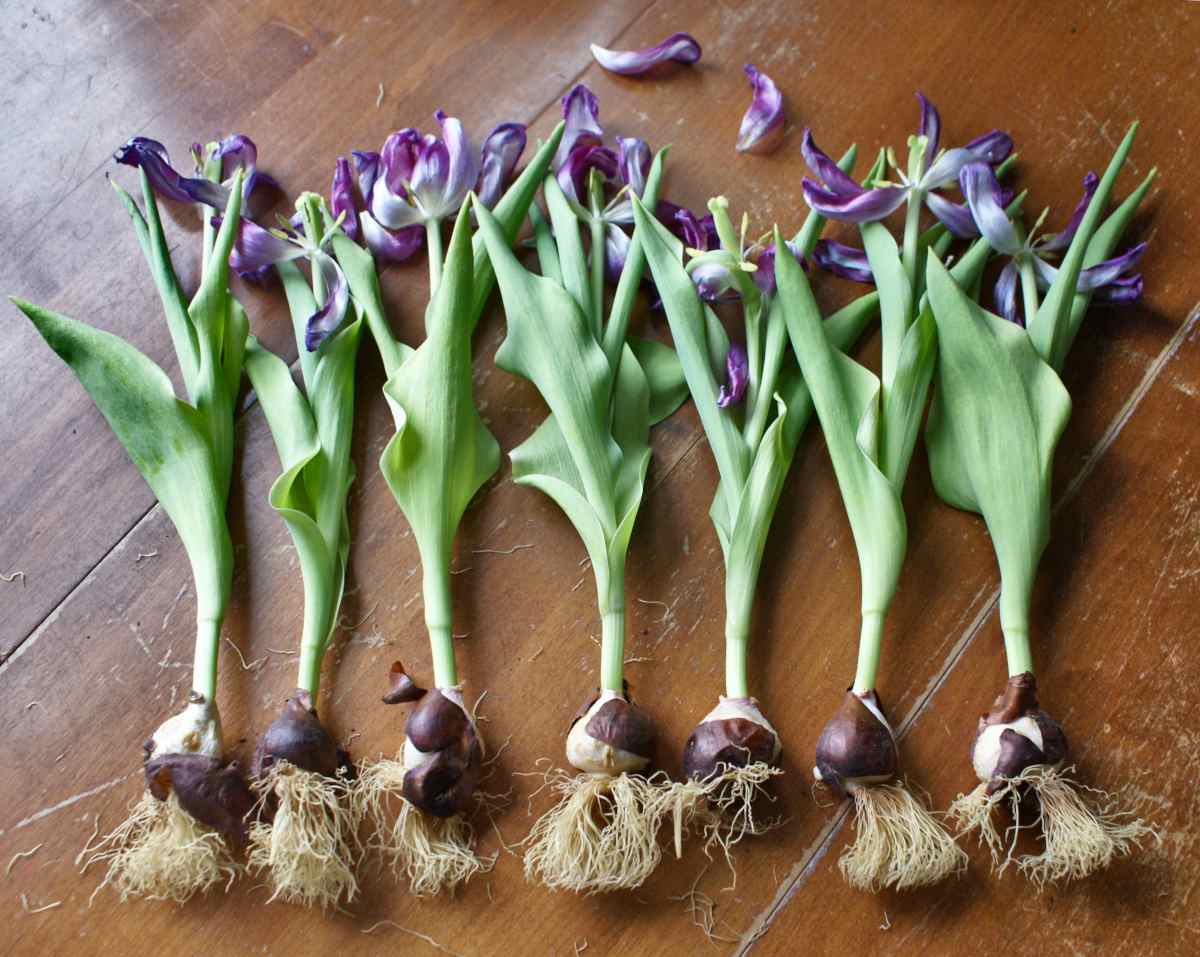
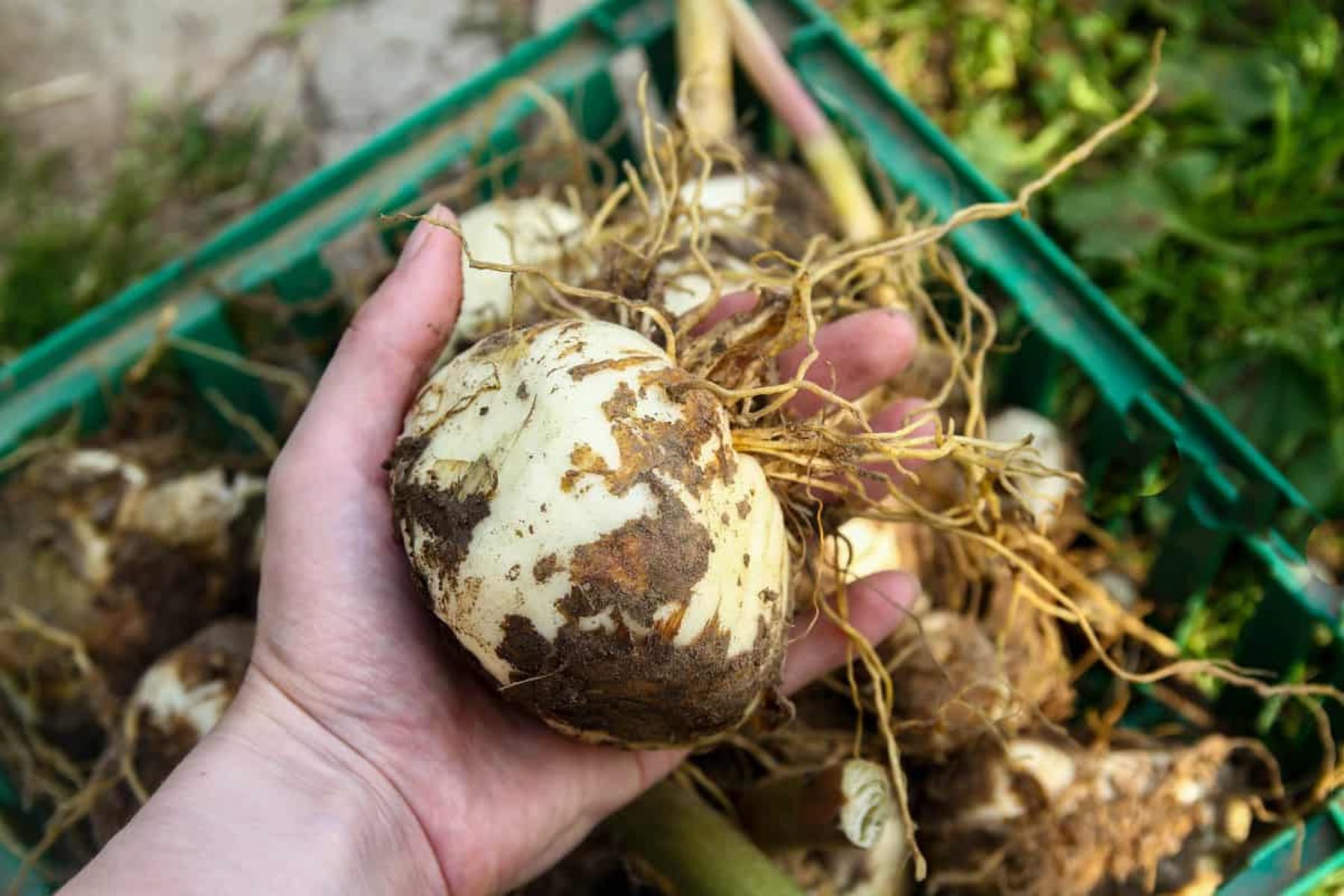



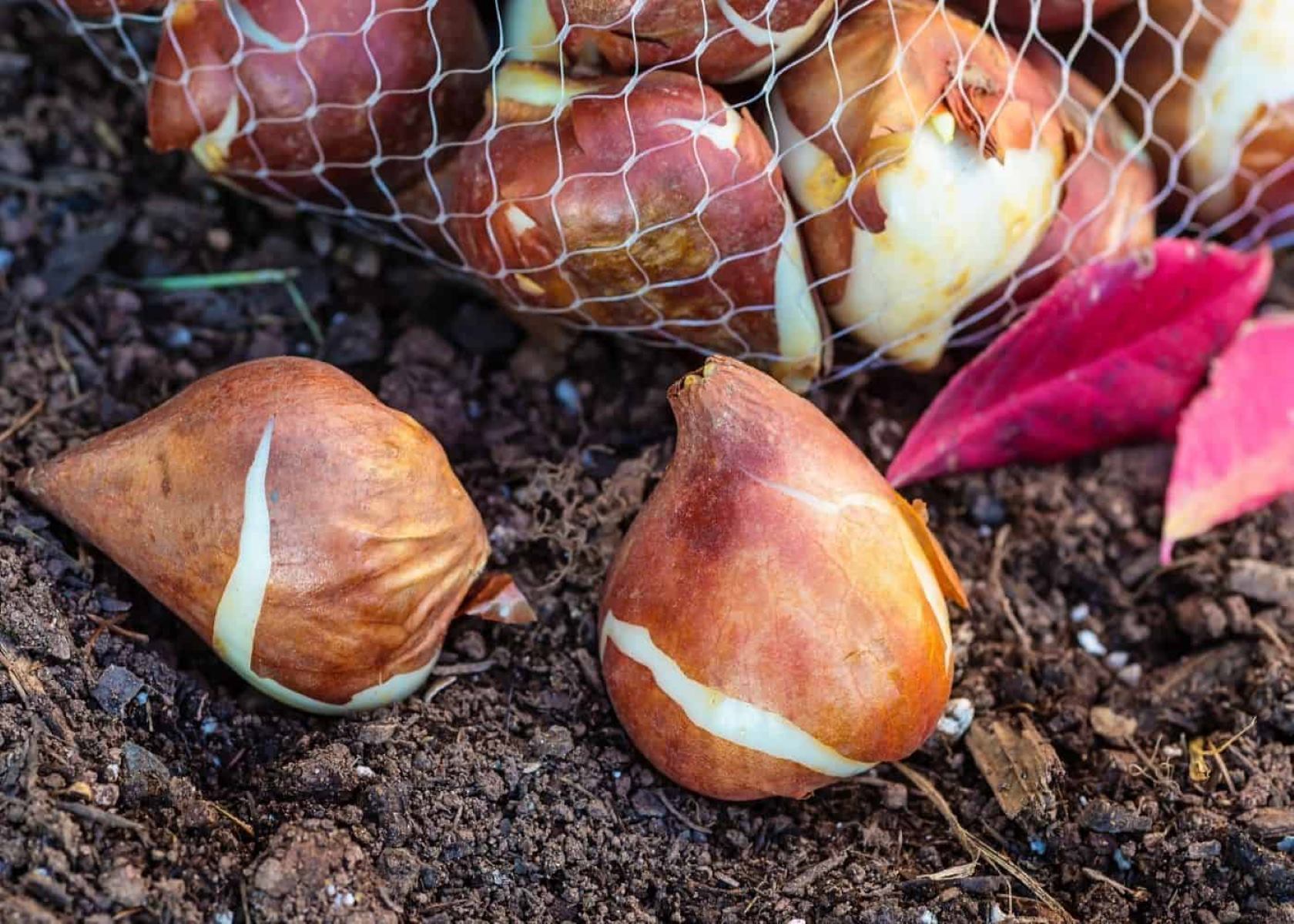

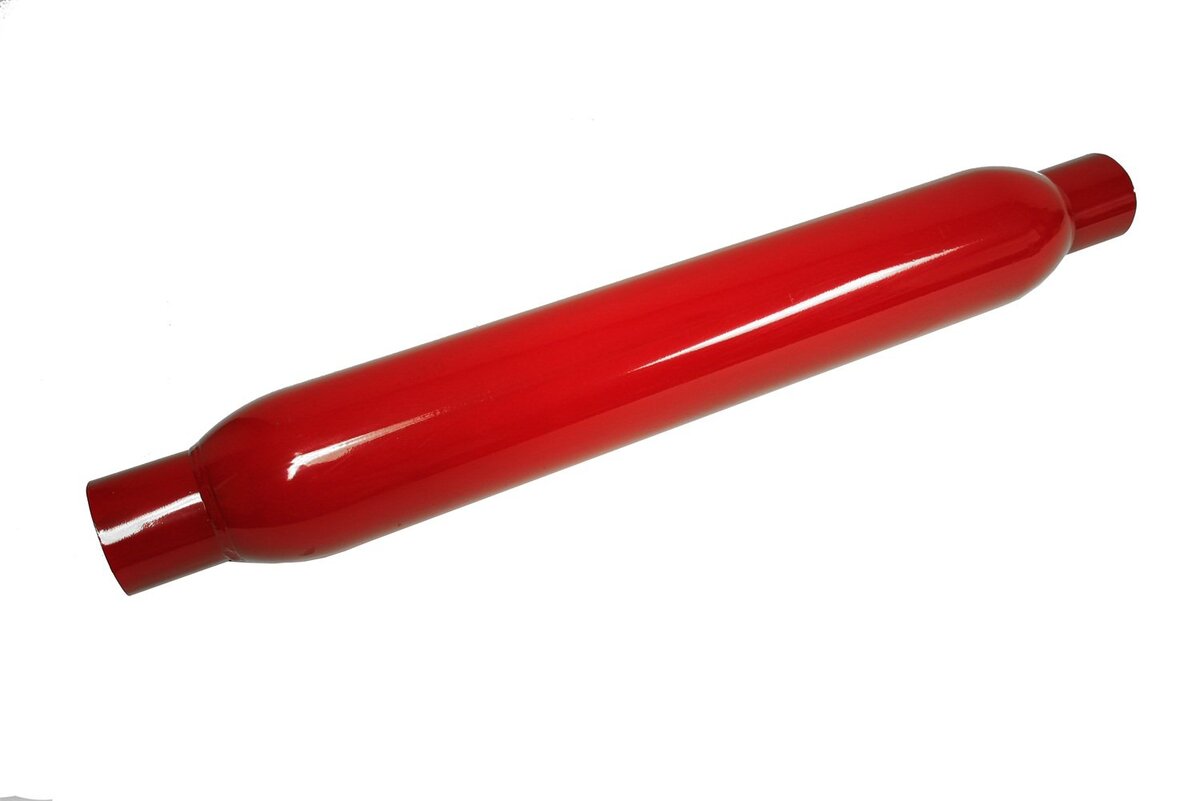
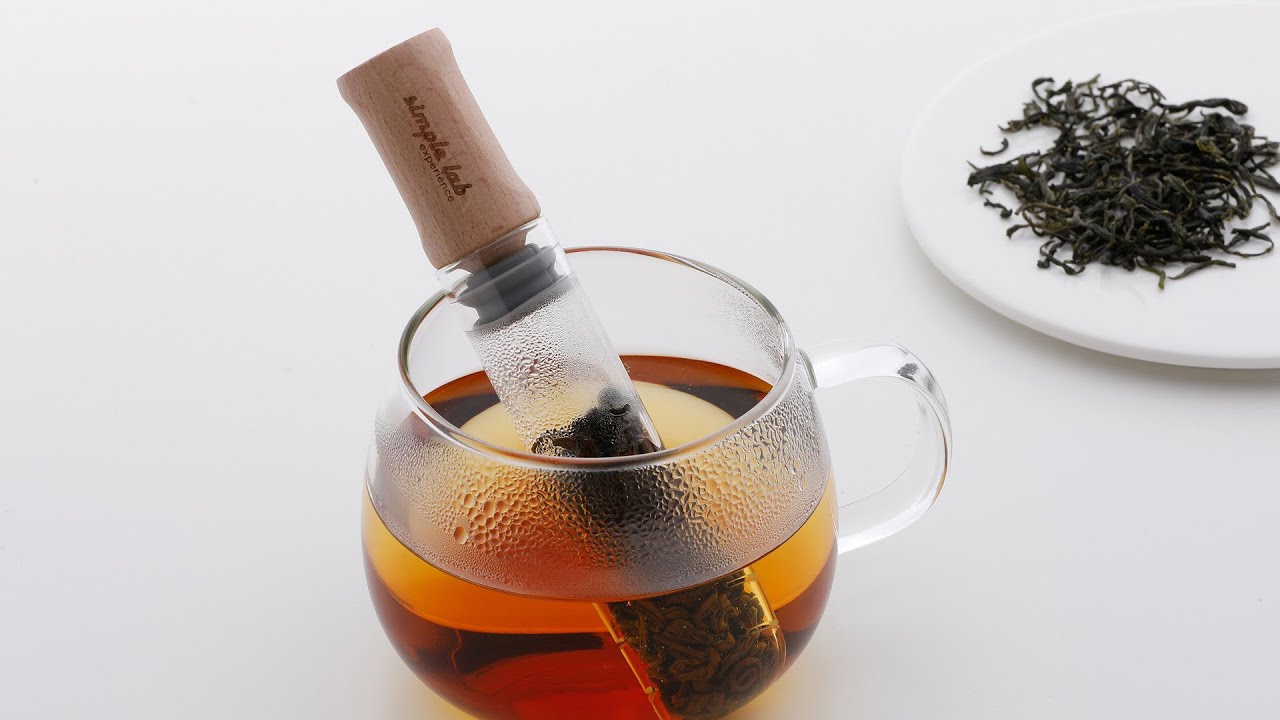


0 thoughts on “What Is A Tulip Glass”